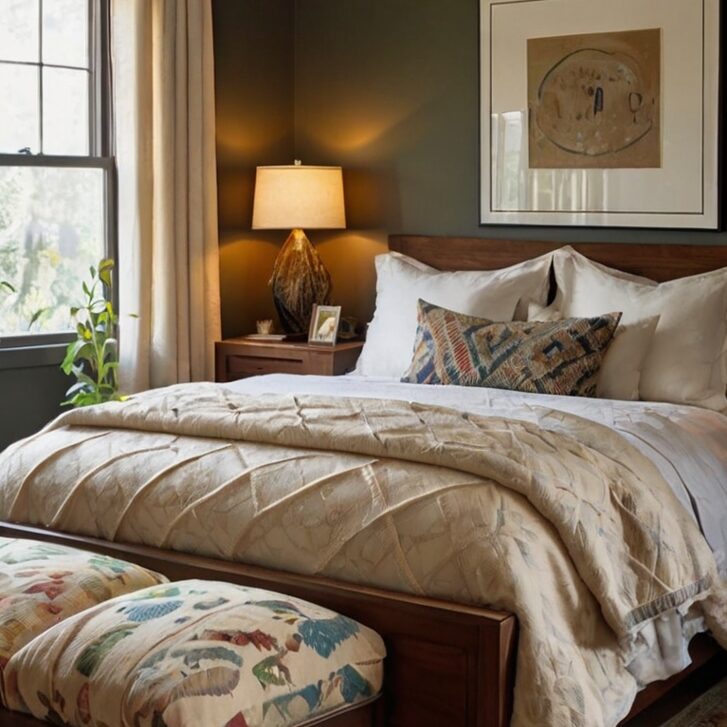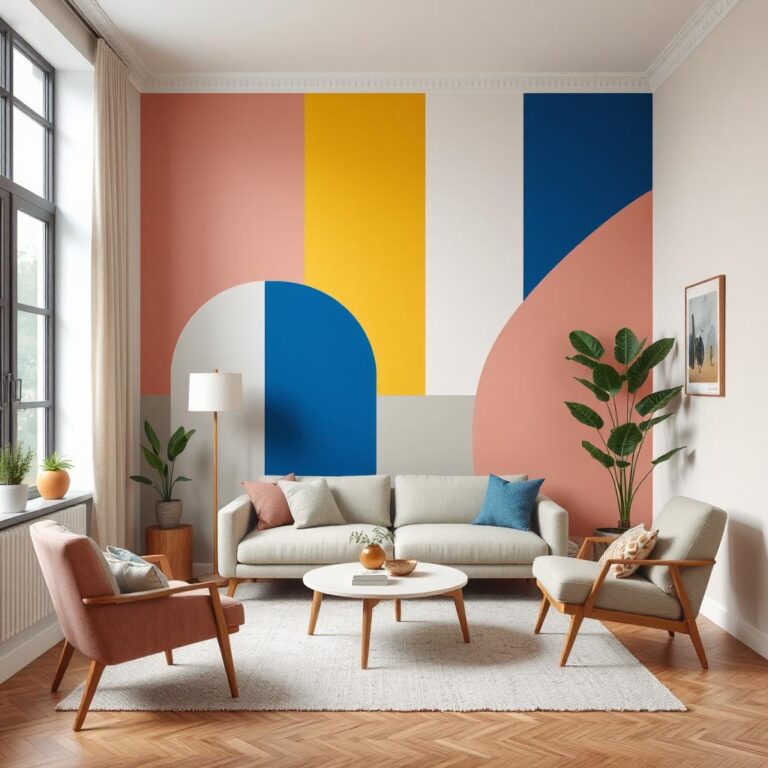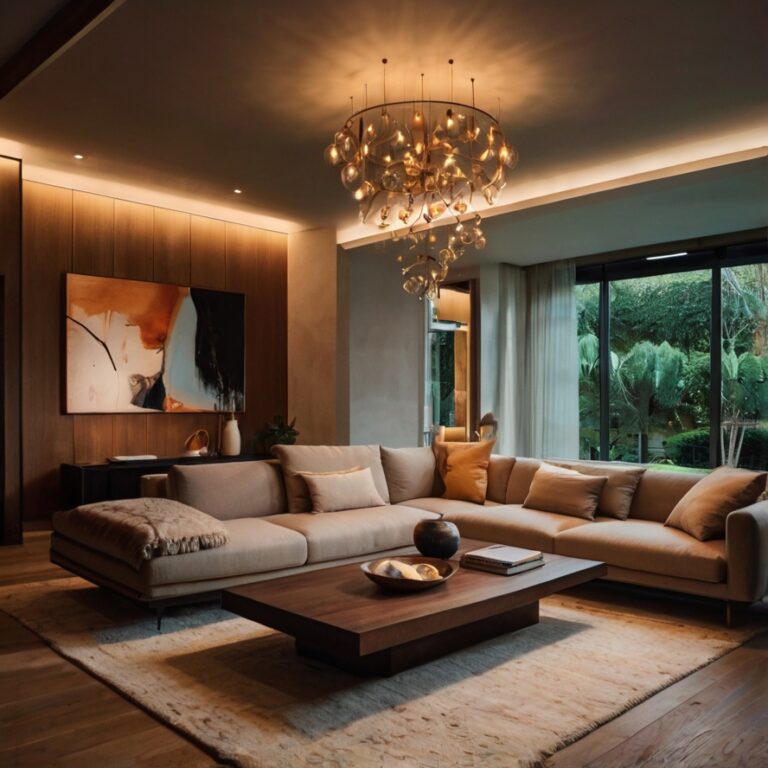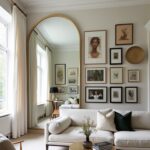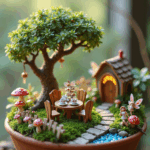In today’s fast-paced world, mental health is becoming a top priority. While therapy, exercise, and a healthy diet are commonly recognized as essential components of a healthy mind, one crucial element often gets overlooked—interior design. More than just visual appeal, interior design impacts mental health by shaping the emotional and psychological effects of our environment.
This blog explores how thoughtful, therapeutic interior design can reduce stress, improve focus, and support long-term mental wellness through design.
1. Color Psychology in Interior Design for Mental Health
When it comes to how design affects mood, color is one of the most influential factors. According to color psychology in interior design, soft tones like blues and greens promote calm and relaxation, making them perfect for bedrooms and wellness spaces. On the other hand, bright yellows can spark joy and boost energy levels, making them suitable for creative areas or kitchens.
If your goal is to create calming color palettes that improve your state of mind, opt for muted neutrals, earthy tones, and pastels. Avoid overly intense or clashing colors, which can lead to overstimulation and increased anxiety.
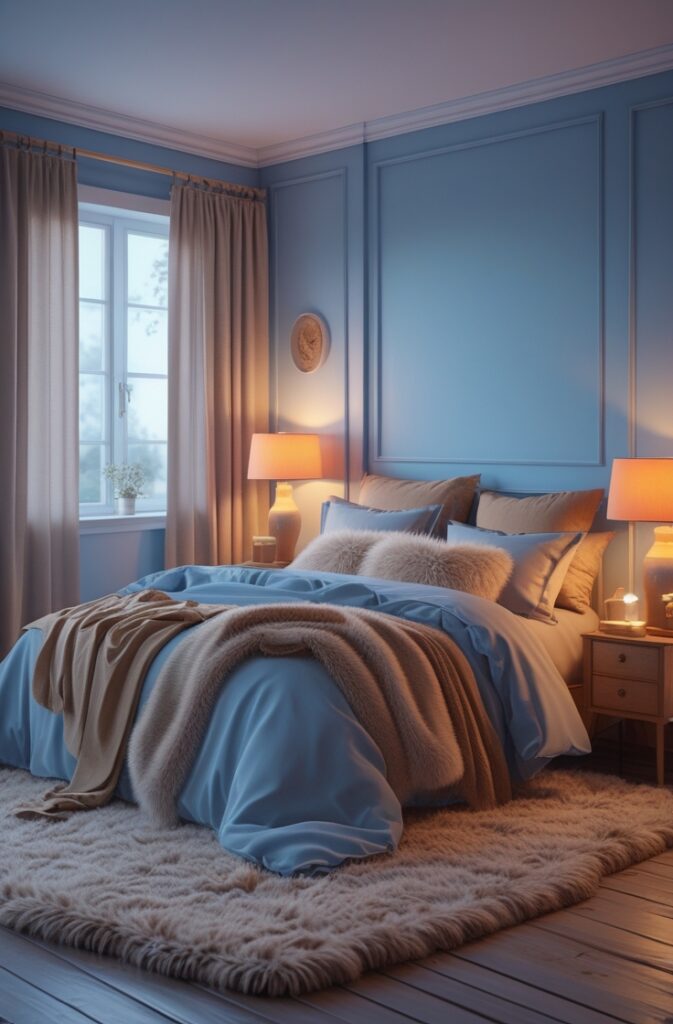
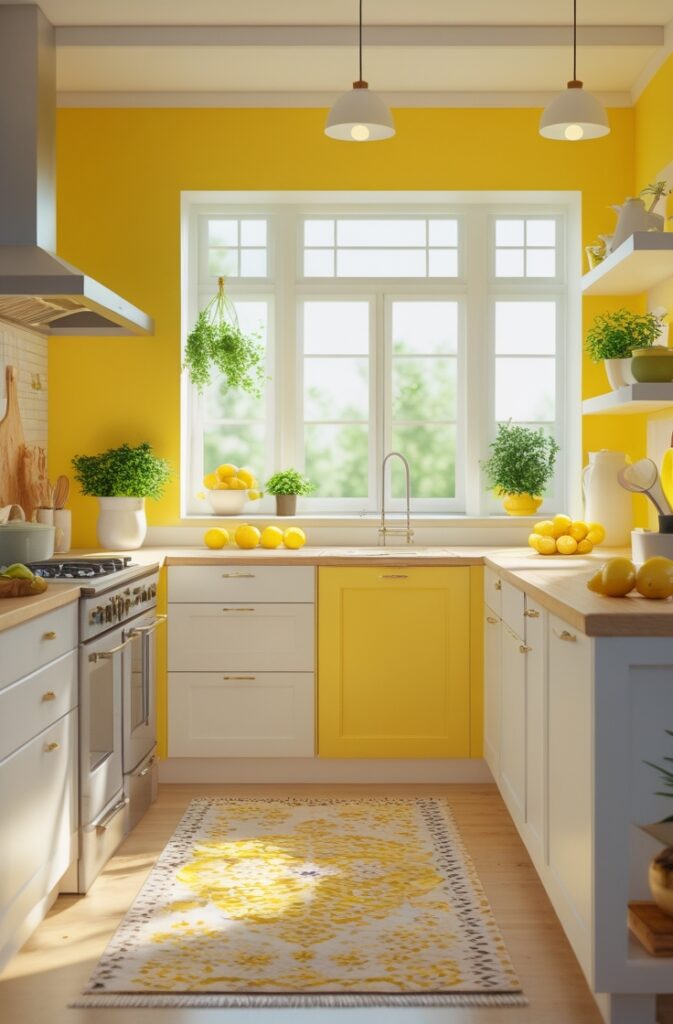
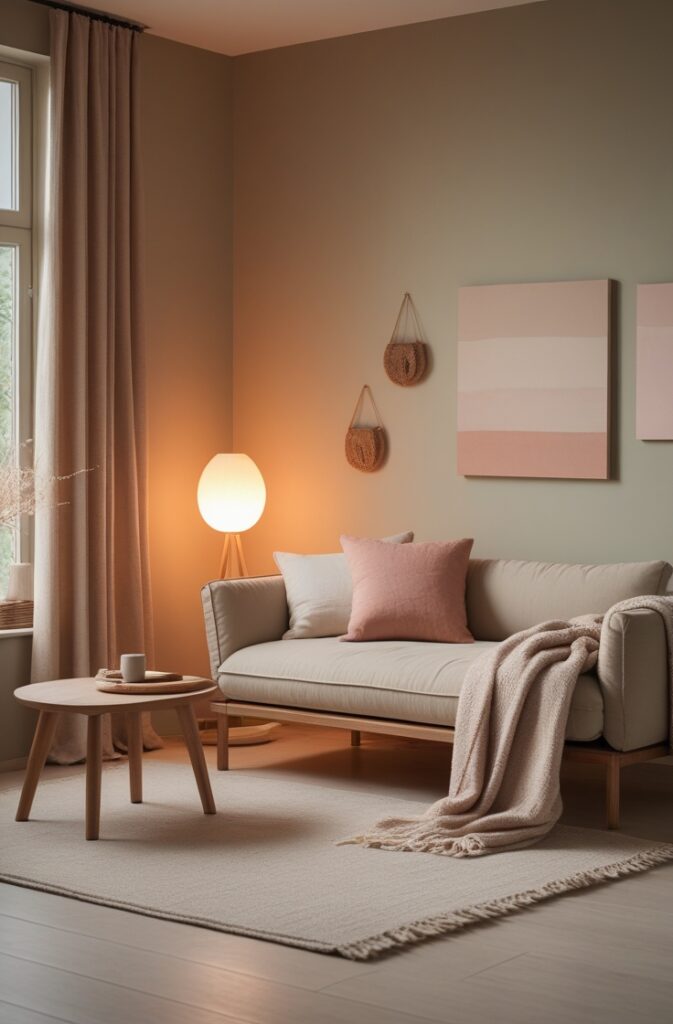
2. Natural Light and Ventilation: Essential Elements for Mental Clarity
One of the most powerful, yet simple, design tools for supporting emotional balance is natural light. Spaces bathed in sunlight have been scientifically linked to improved mood, reduced depression, and better sleep. When possible, maximize natural light for mental health by keeping windows clear, using sheer curtains, and arranging furniture to let the light flow.
Equally important is well-ventilated spaces and well-being. Clean, fresh air improves brain function, boosts alertness, and reduces irritability. If you can’t open windows frequently, consider using indoor air purifiers or adding indoor plants to enhance air quality.


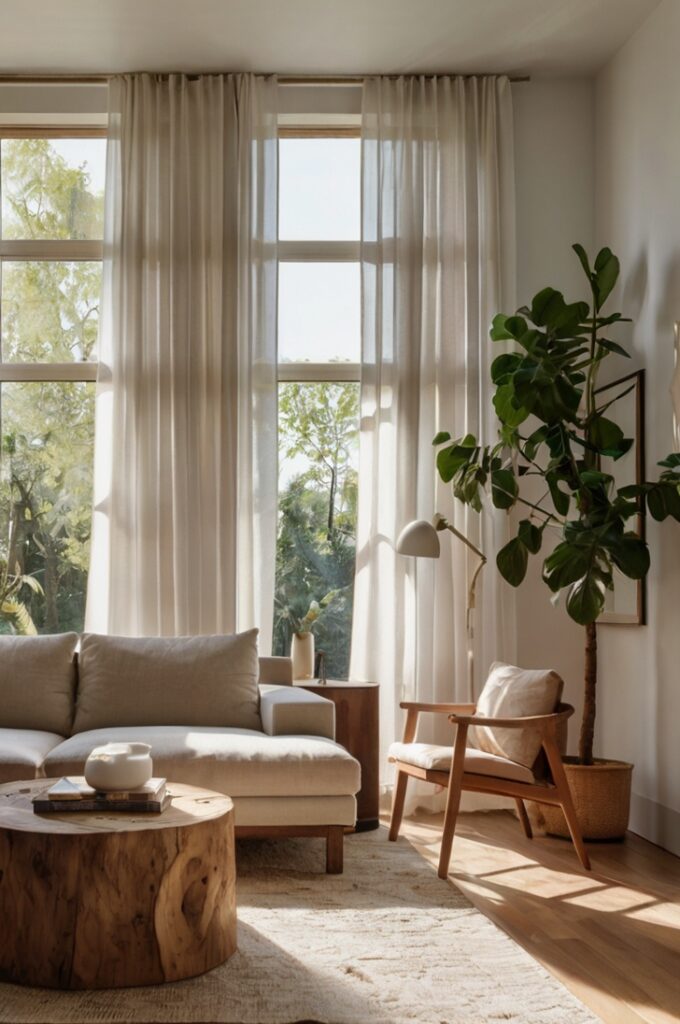
3. Biophilic Interior Design: Bringing Nature Indoors
Biophilic interior design is the practice of integrating nature into your living space, and it’s a game-changer for mental health. Adding elements like indoor plants, wooden textures, water features, or even nature-inspired art can significantly reduce stress levels and improve emotional well-being.
If you’re looking for an easy way to enhance your mood, start with a few low-maintenance indoor plants for mental health. The presence of greenery helps regulate cortisol levels, promotes mindfulness, and fosters a feeling of connection to the natural world—even indoors.
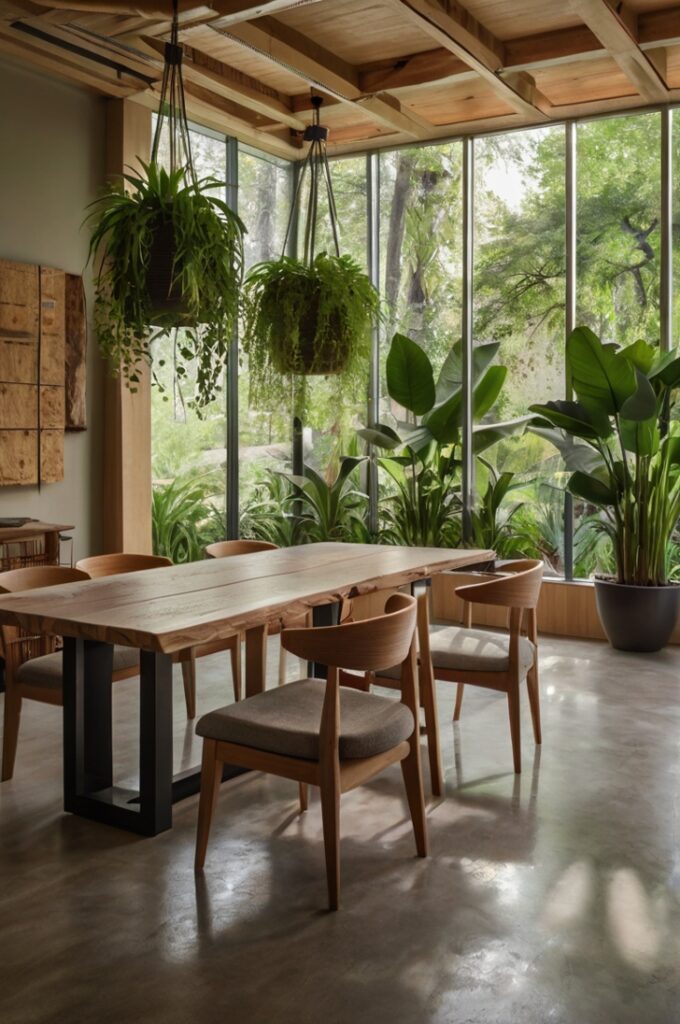
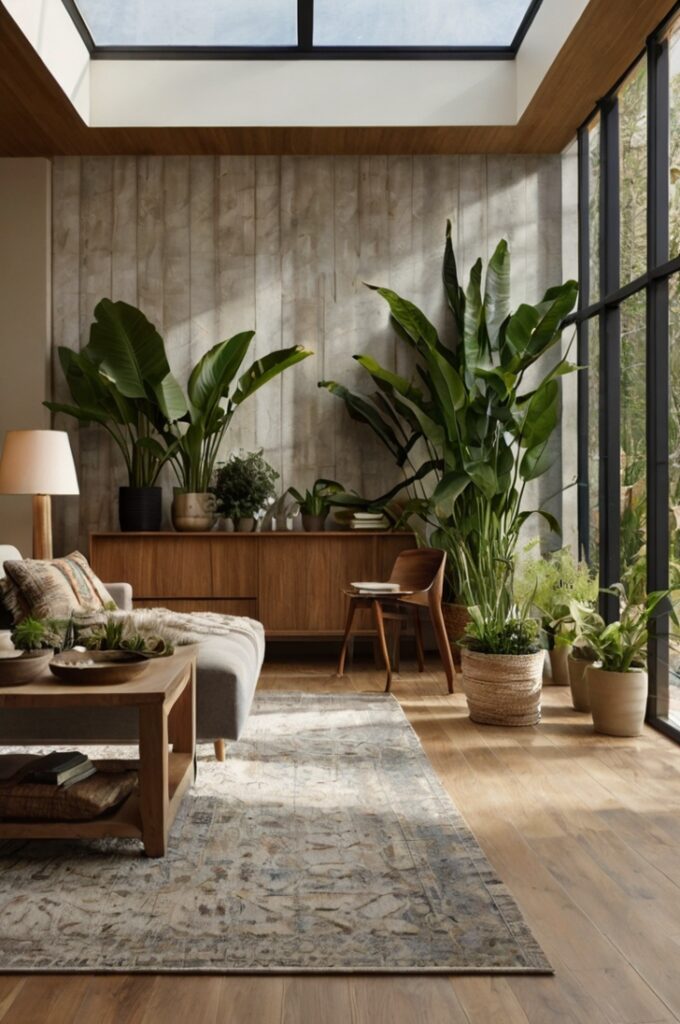
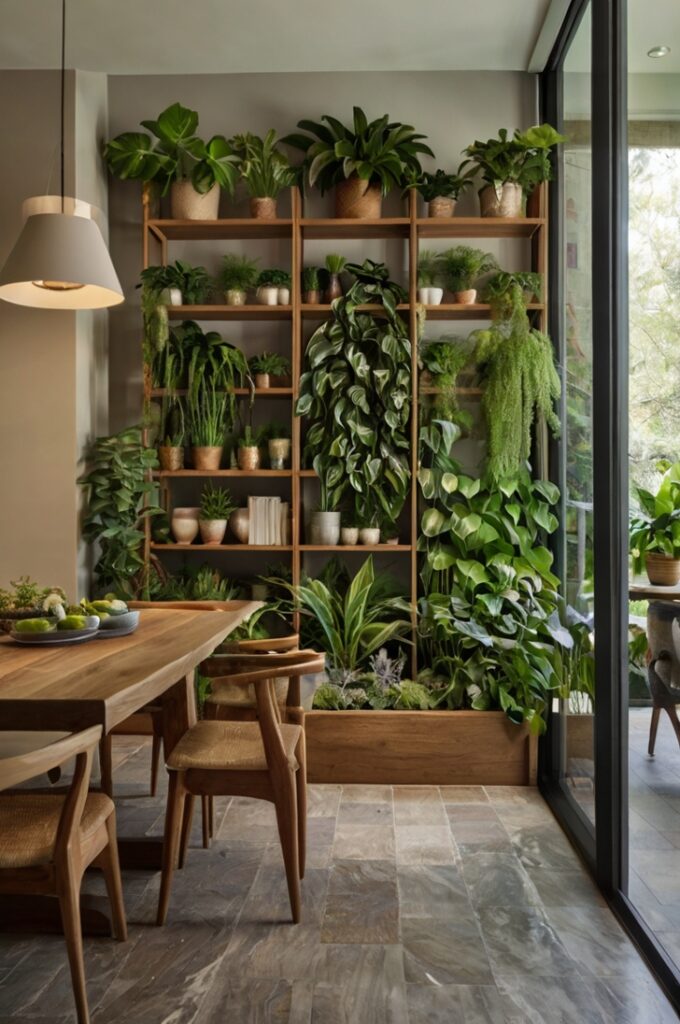
4. Decluttering for Mental Health and Emotional Balance
Clutter is more than just a visual nuisance—it directly contributes to stress and mental fatigue. A disorganized space can cause sensory overload, making it harder to concentrate and unwind. Embracing minimalist interior design and implementing smart storage solutions can restore calm and control to your environment.
Decluttering for mental health allows you to create a space that supports relaxation and clarity. Even small organizational changes can lead to reduced anxiety and increased focus.
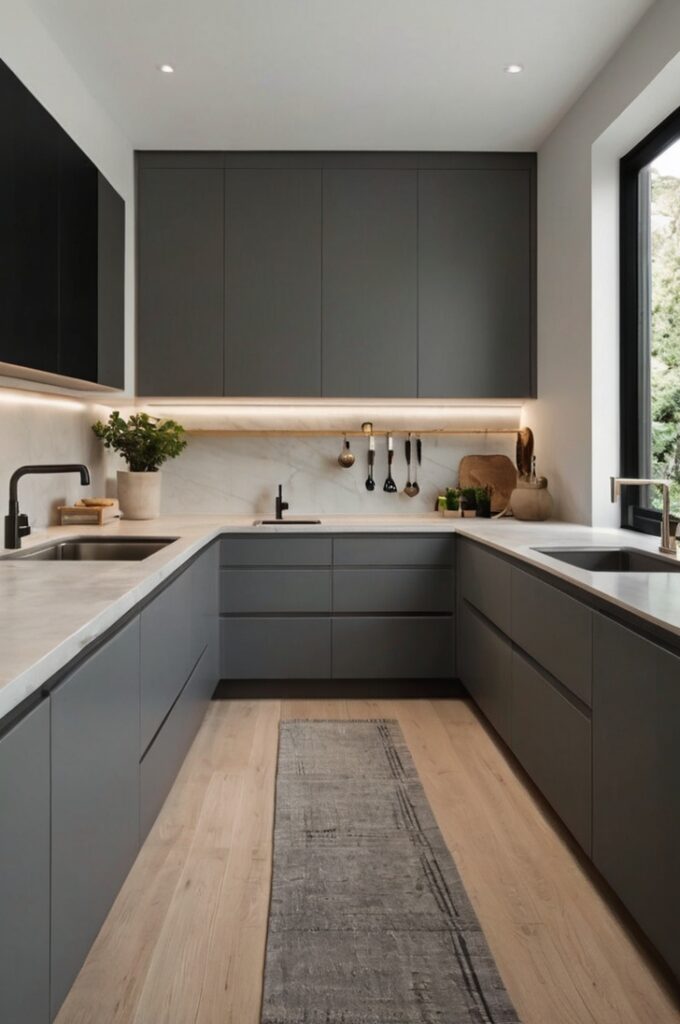
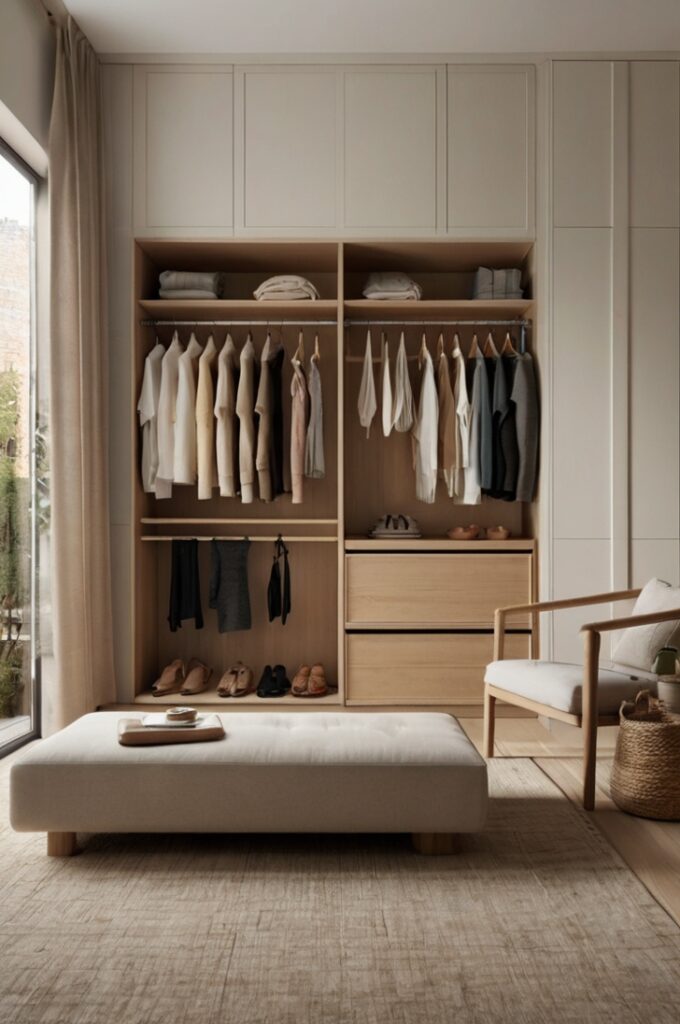

5. Personalized Interior Design: Spaces That Tell Your Story
Your home should be more than just functional—it should be personal. Personalized home design connects you emotionally to your environment, creating a sense of safety and grounding. Displaying family photos, meaningful artwork, or mementos allows you to express your identity and foster emotional resilience.
Creating a space with emotional design in interiors helps reinforce positive memories and feelings. This personal touch enhances mental health by providing comfort and a sense of belonging.
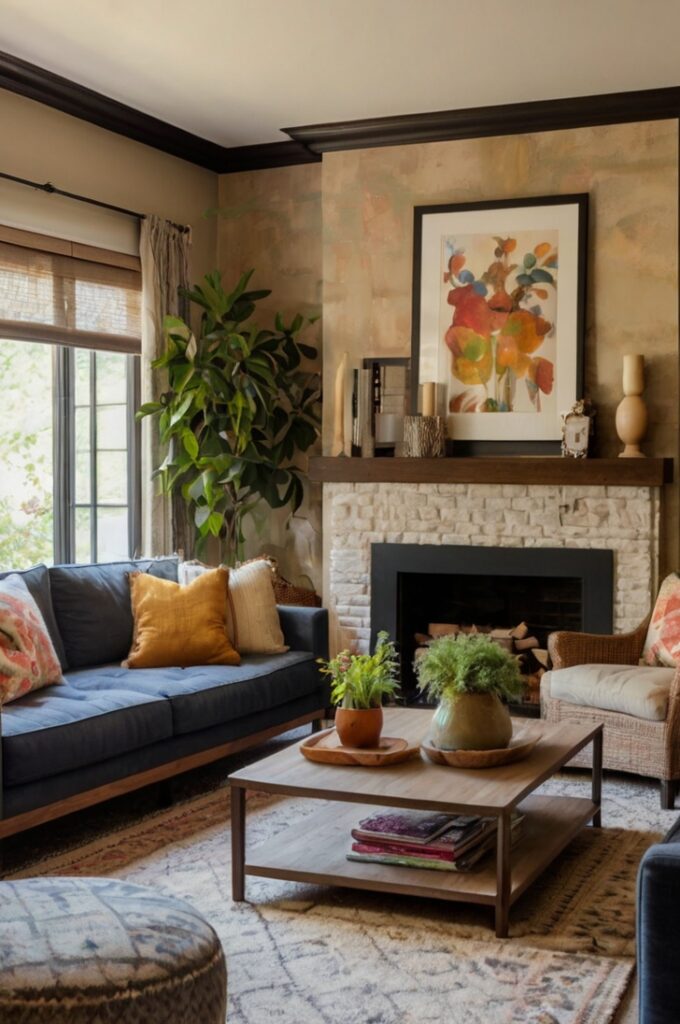
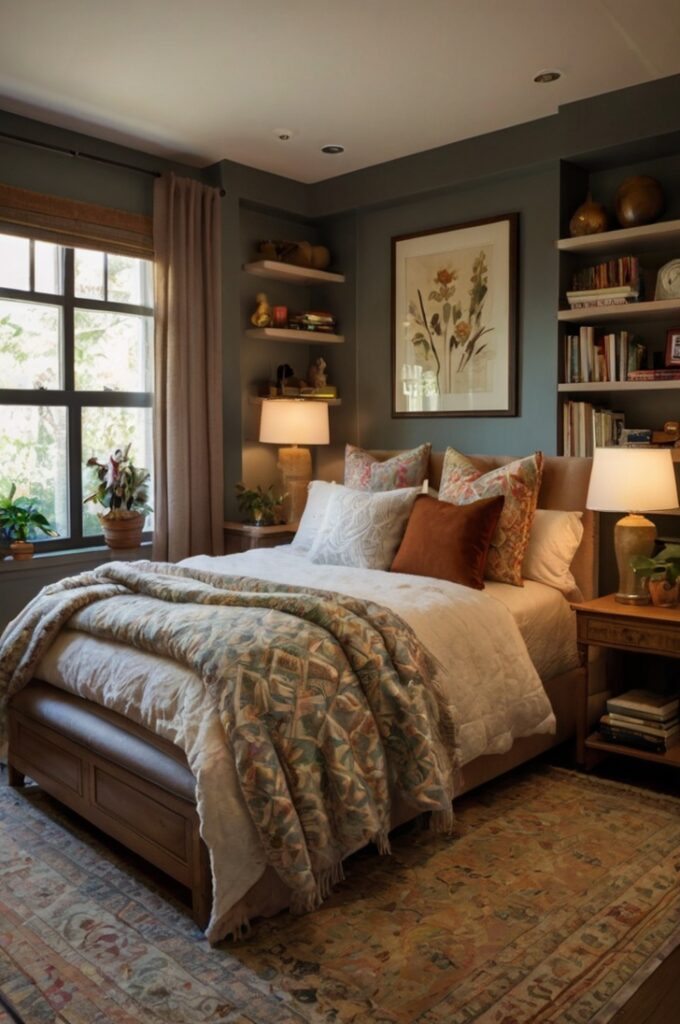
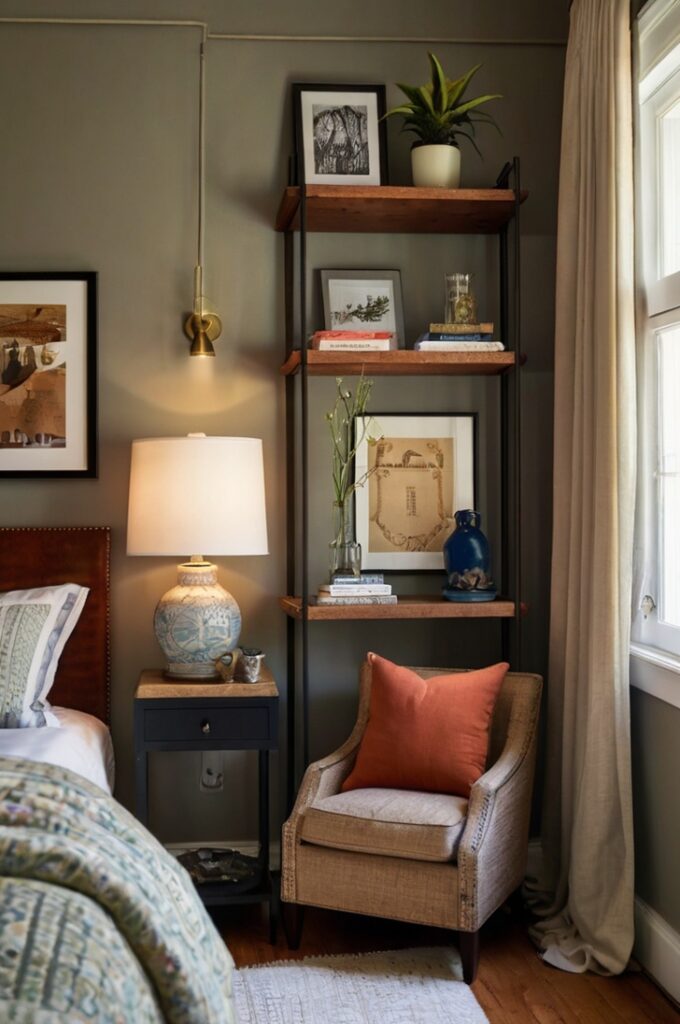
6. Zoning for Productivity and Emotional Well-Being
One of the most effective strategies in therapeutic interior design is zoning—creating distinct areas for different activities. Whether it’s a focused home office, a calming meditation corner, or a cozy reading nook, assigning specific purposes to areas helps train your brain to engage in the right mindset for each activity.
This mindful home design approach not only boosts productivity but also supports emotional regulation. Especially in multi-functional or small spaces, functional zoning in interior design is key to mental wellness.
Final Thoughts: Interior Design for Mental Health Matters
Interior design and mental wellness are more deeply connected than most people realize. By making intentional, thoughtful design choices, you can transform any space into a sanctuary that nurtures your mind, body, and soul.
Whether you start with small updates like decluttering or adding natural light, or go further with therapeutic interior design, the results can be life-changing. By focusing on interior design for well-being, you’re not just creating a beautiful space—you’re building a supportive environment for your mental health.
Your home is more than a place to live—it’s a place to heal. Design it to inspire peace, creativity, and joy.
